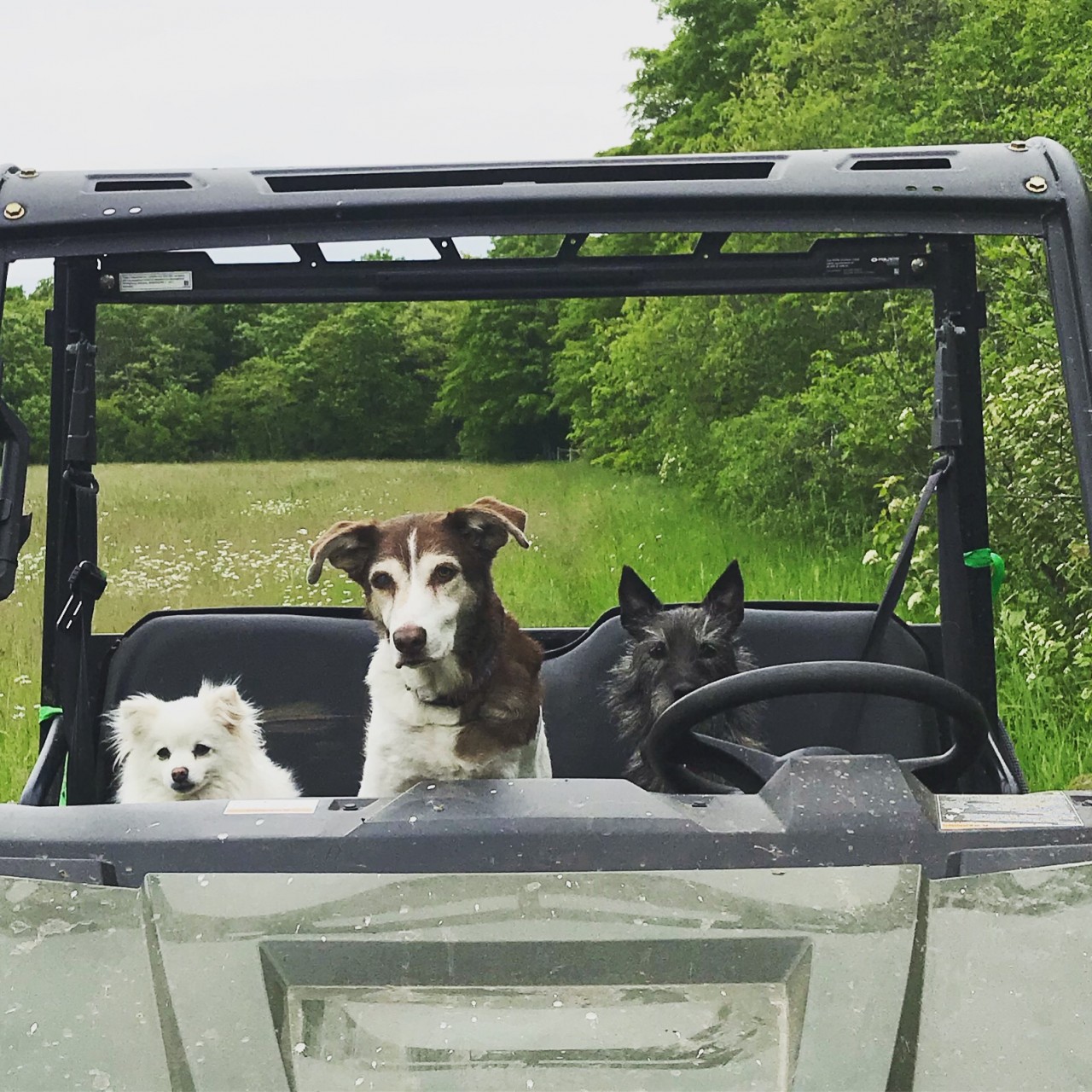"Urgh – she broke her start line," "He shut down when he realized I didn't have a cookie on me," "I don't know what to do next." You've heard each of these lines – perhaps adapted for your sport a little. I know it's a rare week that I don't hear something in this vein.
We train, work and play with living sentient beings. That is wonderful. Something to treasure. Something to complicate our lives. Sigh.
When things go wrong in dog training it's a little like standing at a crossroads in the middle of a very thick forest. It can feel like we have lots of choices to make and no way to see where the paths we are taking will lead. If you are isolated regionally from progressive positive training, choosing what and when to train can seem insurmountable.
Why Imperfect Training Can Be A (Very) Good Thing
Sometimes it seems like the easiest thing to do is not train at all. To hit pause and stare – waiting for perfect inspiration. But perfect inaction is dangerous – it can give us an easy out. We can't train if our mechanics aren't perfect, if reinforcement isn't prepared, if we don't have a faultless vision of what our criteria is.
Making mistakes sucks, no doubt, but from mistakes and feedback come learning and growth – and those are two Very Good Things.
But – and this is a BIG but, dogs are forgiving, resilient and adaptable creatures. We are better (at least in the R+ realm) to take imperfect, positive, action than to stall for long. Even latent learning (if that's what you want to call it) can't happen in a void.
Training doesn't have to be lengthy; drills don't always need to be new or complicated. Doing something matters when you feel stuck. Habit begets habit … so if training matters to you, get yourself ready and get going!
How to Overcome Overwhelm — And Train!
Have your treats ready ahead of time, have a plan. Video your session or take notes afterwards. Pick a path and see where it gets you. (It's quite ok to change direction later!)
Pick a minimum number of sessions, frame them as "at least" (for example I will train "at least" every third day) and see where you get. Set a timer to tell you when to get going and predetermine how long you want to train for. 25 minutes of your avoidance/displacement behaviour followed by 5-10 minutes of training is a reasonable distribution to start with. If you need more or less of either activity that's just fine. Adjust as needed.
Still feeling stuck? Well luckily for you help is at hand. Registration for FDSA classes is open until August 15. Selecting a bronze (or silver, or gold) class to give you a structured training plan forward is a fine solution.
If you are feeling really lost and unable to move forward — and perhaps can't quite get a handle on why — All In Your Head is running this term and it takes a very close look at the human end of the leash. Touching on personality, nerves, planning and more, it has an active study group with a super (and smart!) Teaching Assistant to help if you get stuck. (The TAs are making a huge difference to bronze students – they provide support and motivation in a concrete and useful way.)
Don't suffer alone. Don't suffer in silence. Don't suffer at all. Make a plan, get support and get training!!
